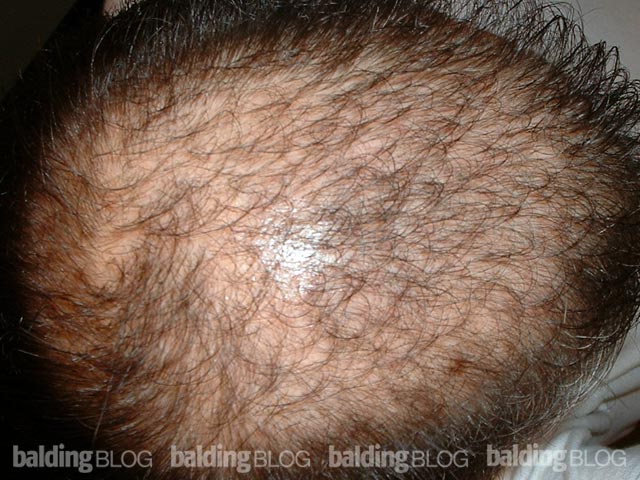I am considering getting a hair transplant, however, I read a comment you made that hair transplant can accelerate hair loss if the process of hair loss is active? what does that mean? So what’s the point to get hair transplant? Maybe I didn’t understand what you said.

Every person who has genetic hair loss continues to have hair loss throughout their lifetime. Hair loss is accelerated as time moves forward and as we are stressed. A hair transplant is another stress. If you are a young man and in rapid hair loss, the added stress of a hair transplant may increase your genetic rate of loss for a few months. With women it is different. With drug protection (Propecia in men only) you can slow down the rate of loss that is programmed into your genetic clock. Those over 30 are less reactive to the stress of a hair transplant (less likely to get telogen effluvium, the medical term for stress loss) than are those under 25. The hair transplant (1) in the right patient performed (2) by a good doctor (3) with the proper modern procedure (4) placed in the right location (5) in the best distribution (6) adjusted to your hair color (7) hair character (8) hair shaft thickness (9) hair density (10) balding pattern (11) with a proper plan catered to your individual needs diagnosis, age and (12) adjusted to meet your financial situation may replace some of those already lost hairs. I could keep going on and on, but I hope that you understand that there is more to getting a world class hair transplant than just having a doctor put holes in you head and then plugging those holes with hair. All hair transplant doctors are not equal, nor is each hair transplant patient. The drug Propecia generally protects men from surgically induced hair loss, so we use that drug with great frequency.

